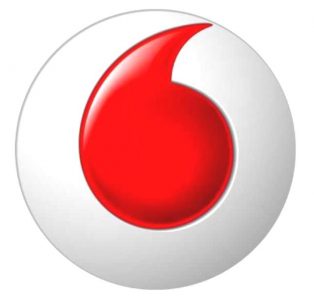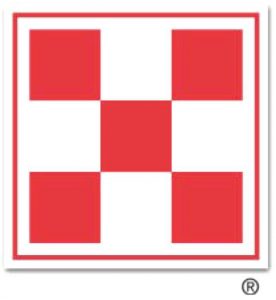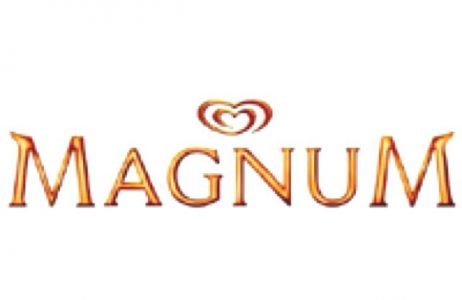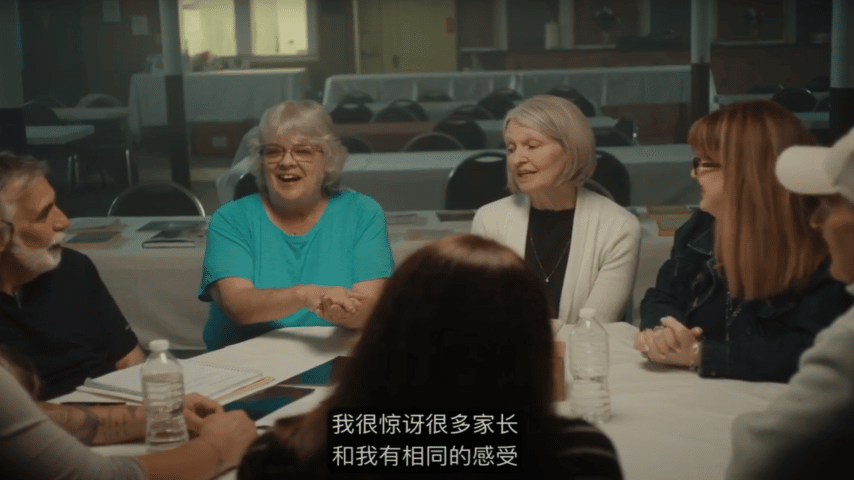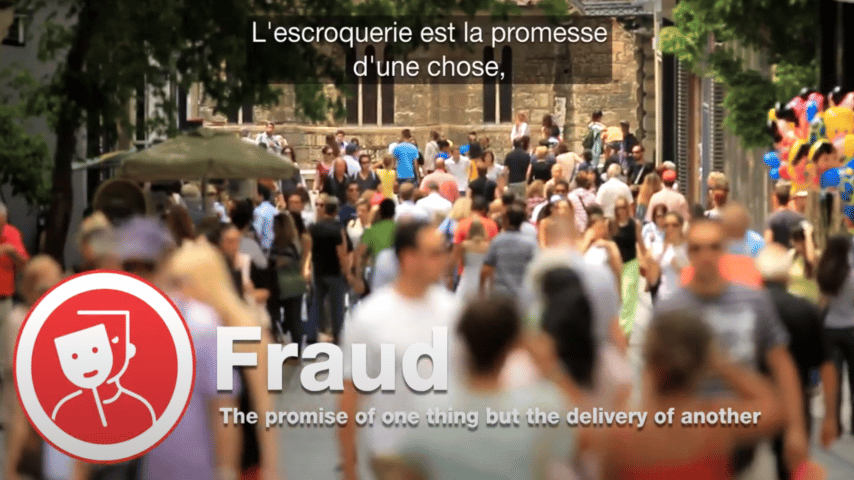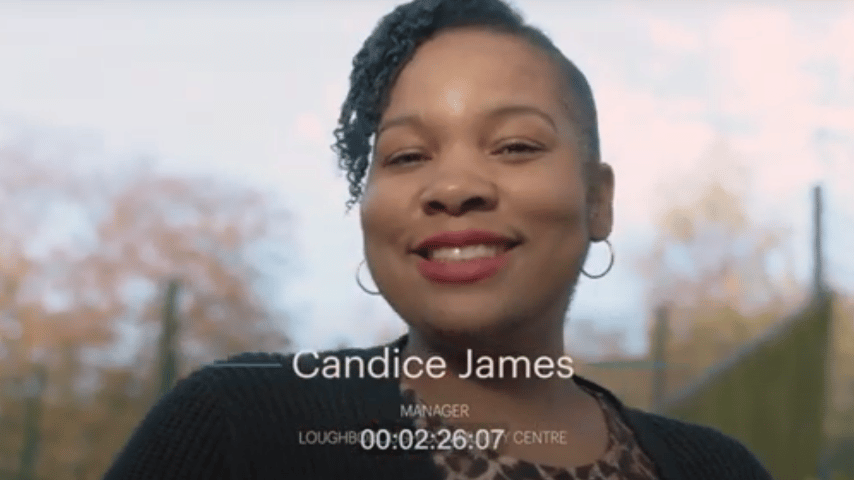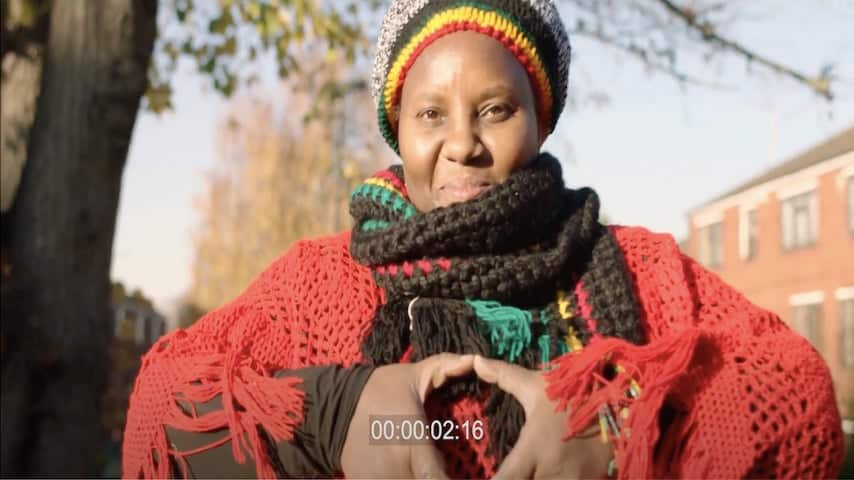Premium Italian Subtitles
Accurate, well-crafted Italian subtitles enhance viewer experience, ensuring that content is both accessible and culturally resonant. Italian is a language of rich expression, regional diversity, and intricate sentence structures, spoken by over 85 million people worldwide. Whether for films, corporate videos, eLearning courses, or marketing content, high-quality subtitles maintain the meaning, intent, and emotional depth of the original material.
Subtitling in Italian is more than a direct translation—it requires careful adaptation to account for longer sentence structures, regional dialects, and formal vs informal speech. Every subtitle must seamlessly integrate with visuals, tone, and pacing, ensuring that audiences remain engaged and fully understand the message. A well-localised subtitle should feel as though it was originally written in Italian, maintaining the intended humour, emotion, and emphasis without sounding forced or unnatural.
To achieve this, factors like sentence restructuring, readability, and timing precision must be considered. Italian speakers expect fluid, coherent, and natural dialogue, and subtitles that don’t match these expectations can disrupt the viewing experience. Effective subtitling enhances accessibility without drawing attention away from the core message, making it a powerful tool for global communication.
Golocalise are our supplier of choice for all our subtitling and transcription needs. After years of hassle trying to do it all in-house we have found their service to be a revelation in terms of speed, flexibility and costs. Their team is extremely responsive and can always turnaround requests, in any language, within our short deadlines. We can confidently rely on them to provide any deliverables without ever worrying about the accuracy of the subtitling.
Tailored Italian Subtitling & Captioning for Any Industry
Effective Italian subtitling and captioning services improve audience engagement and accessibility across industries. Whether for entertainment, business communications, or education, subtitles allow content to reach Italian-speaking viewers naturally. Italian Captioning services also provide accessibility for individuals who are deaf or hard of hearing.
Key areas of expertise include:
Film & TV Subtitling: Localisation of movies, series, and documentaries, ensuring humour, idioms, and cultural nuances remain intact for a natural viewing experience. Optimised for platforms like RaiPlay, Netflix, and Sky Italia.
Corporate & Business Subtitles: Clarity and professionalism for internal communications, investor presentations, and employee training, tailored to suit Italian-speaking teams and stakeholders.
eLearning & Educational Subtitling: Subtitles for online courses, corporate training programs, and academic content, optimised for platforms like Udemy and Coursera to support Italian learners.
Marketing & Advertising Subtitles: Adaptation of commercials, social media ads, and branded content, ensuring alignment with Italian consumer behaviour and linguistic preferences.
Social Media & Digital Content Subtitling: Customised subtitles for YouTube, Instagram, and TikTok, driving higher engagement and accessibility for audiences who frequently watch videos on mute.

Subtitles are designed to be clear, concise, and audience-focused, ensuring that both short clips and full-length productions retain their impact. Urgent projects benefit from fast, high-quality delivery without compromising accuracy.
Benefits of Using GoLocalise as Your Subtitling Service Provider
- Impress your clients with high-quality English and foreign language subtitles that enhance their viewing experience.
- Rigorous quality control ensures all templates are created and checked in-house, meeting accuracy and professional timing standards.
- Industry leading subtitling software guarantees perfectly timed subtitles, carefully positioned around shot changes for seamless integration.
- Skilled native subtitlers accurately translate meaning while maintaining style, readability, and space constraints.
- Experienced project managers perform thorough quality checks to ensure flawless final delivery of your subtitles.
- Ready-to-use videos with translated burnt-in subtitles (open captions), fully prepared for upload to your website, with customisable font, size, colour, and positioning.
- Multi-language closed captions can be switched on or off across platforms like YouTube, Vimeo, Netflix, Amazon Prime, Disney+, social media, and other streaming services, as well as for DVD and Blu-ray content.
- On-screen text and captions can be translated and graphically edited to create a polished multilingual video version.
- Closed Captions and SDH subtitles make your content accessible to a wider, more diverse global audience.
Whether your project involves short promotional content or full-length feature films, we handle it with the utmost precision and professionalism. For time-sensitive projects, we offer expedited services without compromising on quality.
Let's get started!
The Subtitling Process In A Nutshell
Send us your video file in any format. We’ll ensure it’s compatible with our subtitling software. If you’re unsure about the format, feel free to double-check with us.
We’ll create an English subtitle template, which is crucial if the subtitles will be translated into multiple languages.
We’ll send the English template to our professional linguists, who will translate it into the requested languages with precision.
Once translated, we’ll import the subtitles into our software. We’ll perform quality checks to ensure proper timing, reading speeds, and line lengths.
We’ll share the subtitles with you for review. Let us know if any changes are needed, and we’ll make adjustments while adhering to technical requirements.
After final approval, we’ll burn in the subtitles (if requested) and deliver the completed video through your preferred file-transfer method.
Why Choose Us?

You deserve the best! Leave your project to the experts at GoLocalise so that you can relax and be assured of getting top-notch results.
Every single detail will be analysed, studied and looked after so that you do not need to worry. Some would say it’s not too classy to blow our own trumpet… but we just like to point out two very important details.
We have achieved ISO 9001 Quality Management certification in recognition of our consistent performance and high standards, and ISO 14001 Environmental Management because we care about our planet! And if you are still curious and want to know more about us, why not have a look at our studio page.
Let's get started!
Why Italian Subtitles Improve Content Performance
Investing in Italian subtitles enhances accessibility, engagement, and audience reach, ensuring that content is fully optimised for diverse Italian-speaking audiences. Whether targeting entertainment, education, or corporate sectors, subtitles bridge the gap between creators and viewers by delivering messages with clarity and cultural relevance. Key benefits include:
Greater Accessibility: Content becomes available to Italian speakers and those with hearing impairments, expanding audience potential and ensuring inclusivity. Subtitles enable people with varying levels of language proficiency to fully engage with the material.
Increased Viewer Engagement: Subtitles improve comprehension and retention, particularly for technical or fast-paced content. Viewers can process information more effectively, making content more impactful and engaging.
SEO & Discoverability: Subtitled content ranks higher on YouTube, Google, and social media, boosting visibility for Italian-speaking audiences. Adding subtitles can significantly increase video watch time and search engine optimisation results.
Market Expansion: Italy is a significant player in media, education, and digital marketing, making professional subtitles a valuable tool for brands entering the market. Well-subtitled content creates stronger connections with local consumers and enhances brand credibility.
Optimised Social Media Performance: Many viewers watch videos in silent mode, making subtitles essential for audience retention and message clarity. Social media platforms prioritise engaging, accessible content, and subtitles play a crucial role in maximising reach.

As global content consumption grows, Italian subtitles offer a direct gateway to engaging with millions of new viewers, strengthening brand presence and ensuring that messages are understood with clarity and authenticity. By offering content in Italian, brands can tap into a highly engaged audience that values well-localised, high-quality subtitles. This not only fosters deeper viewer trust but also expands opportunities for international collaborations, cross-border marketing, and wider industry recognition.
Professional Subtitling Formats
Whether you need English subtitles or foreign language subtitles, GoLocalise has you covered! We can adapt your existing translations into subtitle format or create subtitles from scratch in any language, including English subtitles and SDH (Subtitling for the Deaf and Hard of Hearing).
You can receive your subtitles in a wide range of professional formats, ensuring compatibility with streaming platforms, broadcast, social media, corporate videos, DVDs, and Blu-ray.
- Open Captions – Ready-to-use videos with burnt-in subtitles, fully prepared for upload to your website. You can customise the font, size, colour, and positioning to match your branding.
- Closed Captions – Subtitles that can be switched on and off in multiple languages. Easily upload them to YouTube, Vimeo, streaming platforms, DVD, or Blu-ray.
- Standard Text-Based Formats – Widely used and compatible with most platforms, including SRT, VTT, SSA, ASS, and SUB.
- Broadcast & Professional Formats – Ideal for TV, film, and high-end productions, such as STL, SCC, EBU-TT, and DFXP.
- DVD & Blu-ray Formats – Designed for optical media, including VobSub (SUB/IDX), SUP, and PGS.
- XML-Based & Proprietary Formats – Used in specialised workflows, such as TTML, DFXP, and Spruce STL.
We collaborate with you every step of the way to deliver high-quality, precisely timed subtitles that seamlessly integrate with your content. Whether for streaming, broadcast, corporate videos, or multilingual accessibility, we ensure your subtitles are accurate, well-timed, and perfectly tailored to your audience’s needs.

Italian Subtitling: Precision Meets Creativity
Subtitling in Italian presents unique linguistic and formatting challenges, including sentence expansion, syntax complexity, and cultural relevance. Advanced tools and linguistic expertise ensure that subtitles meet the highest standards.
The workflow includes:
Professional Subtitling Software: Cutting-edge technology ensures precise timecoding, formatting, and seamless subtitle synchronisation.
Native Italian Language Experts: Specialists ensure that subtitles are culturally and linguistically accurate, adapting content to resonate with Italian audiences.
Stringent Quality Control: Each subtitle undergoes detailed proofreading, technical reviews, and readability checks to guarantee flawless results.
Platform-specific formatting is optimised for Netflix, Amazon Prime Video, RaiPlay, and corporate video platforms, ensuring seamless integration across different media.
Beyond Translation: Localising Italian Subtitles
Effective Italian subtitling requires more than direct translation. Cultural relevance, linguistic adaptation, and natural flow are essential for subtitles to feel authentic and engaging. A well-crafted subtitle ensures that the message is conveyed with the same impact and clarity as the original, without feeling out of place or disconnected from the cultural context. Key localisation strategies include:
Cultural Adaptation: Modifying idiomatic expressions, humour, and references to resonate with Italian audiences.
Formal & Informal Language Use: Adjusting the level of formality, as Italian distinguishes between formal (Lei) and informal (tu) speech, depending on the target audience.
Regional Sensitivity: Accounting for dialectal variations between northern and southern Italian speech patterns, ensuring clarity and inclusivity.
By localising content instead of simply translating it, subtitles remain fluid, engaging, and true to the original intent, ensuring clear communication and a natural viewing experience. This approach preserves the rhythm and style of the original content while meeting the expectations of Italian audiences.


GoLocalise: The Best Choice for Italian Subtitling
Ensuring that subtitles maintain linguistic integrity, cultural relevance, and technical precision is key to reaching Italian-speaking audiences effectively. A professional approach to subtitling provides:
Expertise in Italian Language & Culture: Native subtitlers with deep knowledge of Italian linguistics, industry-specific terminology, and media trends.
Custom-Tailored Subtitling Solutions: Adapted subtitles that align with brand tone, audience expectations, and content objectives.
Cutting-Edge Technology: AI-assisted timecoding, synchronisation, and manual review ensure seamless execution.
Reliable Turnaround & High Quality: A balance between efficiency and excellence, delivering accurate subtitles even within tight deadlines.
Professionally crafted Italian subtitles do more than translate words—they enhance engagement, broaden reach, and establish a strong connection with Italian-speaking audiences. Elevate content with subtitles that feel native, not translated.
Learn more about Subtitling Services
Let's get started!
What our happy customers say
Marion Hirst
Translation Project Manager at Language Wire
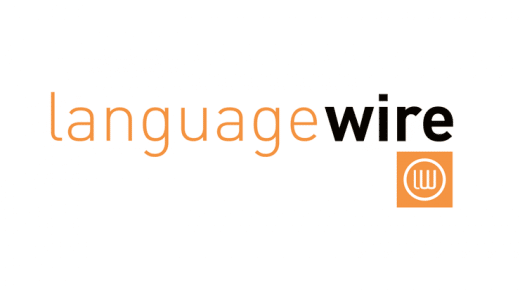
Jonathan Lapps
Account Manager at Epipheo
Thomas Kennedy
Designer at Atlas Knowledge

Nicola
English UK Voice Over Talent
Stefanie Smith
Producer at Education First
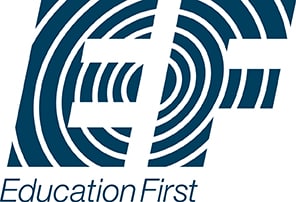
Kerry Gillies
Director at Synergy Language Services


Price Match Promise
Challenge Our Prices, Enjoy Our Quality





